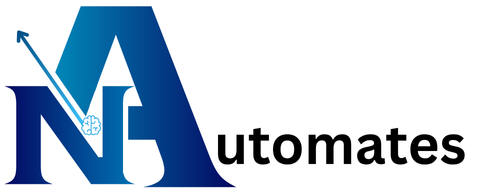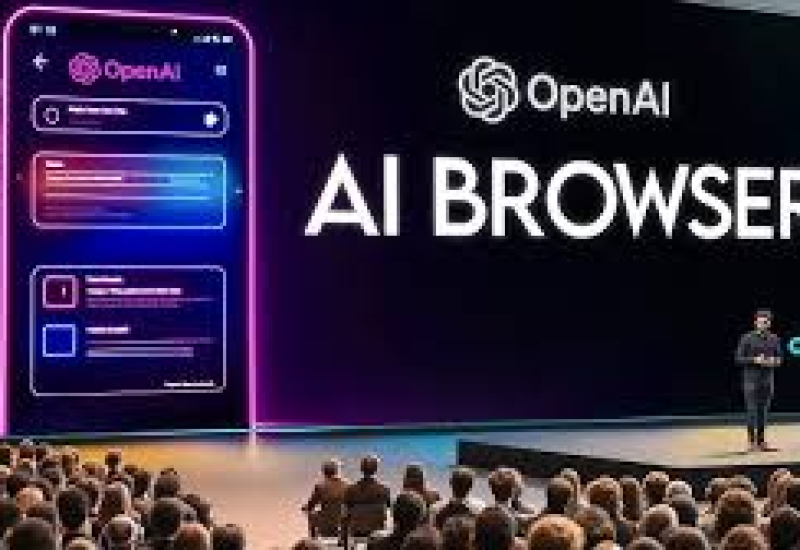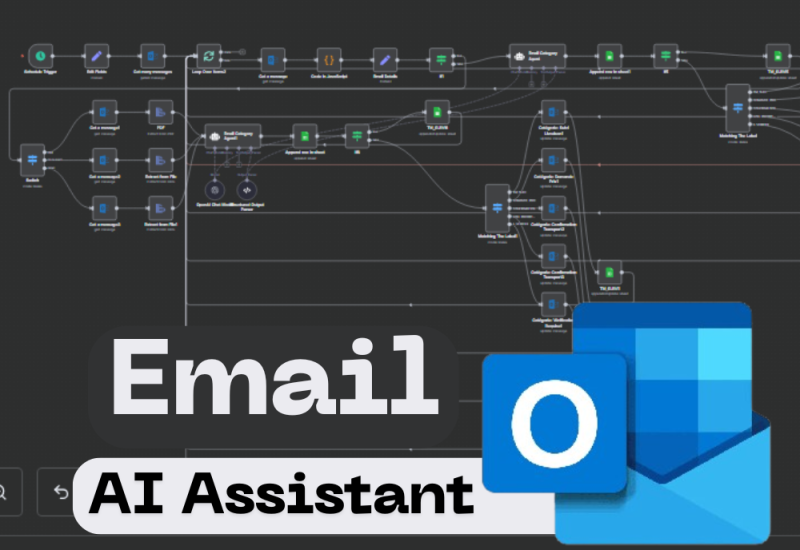Complex automations often require more than one model. For example, a scanned invoice processing
pipeline could use: image recognition to find tables → OCR to extract text → an LLM to summarize and
classify line items. n8n shines at orchestrating these stages and handling branching logic.
Implement confidence-based branching: when OCR confidence is low, route to human review; when LLM
output contains a certain token or structure, trigger a downstream process. Use intermediate storage (e.g.,
cloud object store and a metadata DB) so each stage is auditable and restartable.
Also consider latency and cost tradeoffs: synchronous flows are simpler but slower and costlier. For large
batches, switch to asynchronous patterns: push jobs to a queue, process with worker pools, and collate
results once finished.
Use this pattern to build a multi-step document-processing automation — import the JSON workflow and adapt it to your models.




